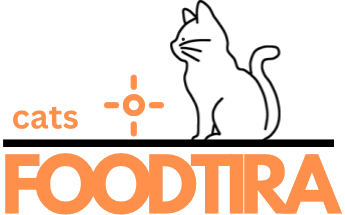Introduction: This article emphasizes the significance of providing cats with species-appropriate nutrition for their overall well-being. Recognizing cats as obligate carnivores, it’s crucial to offer them diets rich in meat protein, low in carbohydrates, and devoid of fillers. The following list ranks various cat food types based on their nutritional quality, from the most beneficial to the least desirable options.
- Nutritionally Balanced Fresh or Frozen Raw Diet: A raw diet closely mimics a cat’s natural diet in the wild. This category is expanding in the pet food market, but thorough research into sourcing and manufacturing is imperative. Creating your own balanced raw diet is also an option, ensuring proper nutritional content.
- Nutritionally Balanced Home-Cooked Diet: For those not inclined towards raw feeding but comfortable with cooking, a properly balanced home-cooked diet offers a viable alternative. It is less processed than canned food, granting control over ingredients. Commercial cooked refrigerated diets are also available.
- Dehydrated or Freeze-Dried Raw Diet: These formats provide the advantages of fresh or frozen raw food in a more convenient form. Rehydration with water is all that’s needed to create a complete meal, offering a practical compromise.
- Premium Grain-Free Canned Diet: Grain-free canned diets are accessible and straightforward to feed. Opt for brands with human-grade, preferably organic ingredients, avoiding GMOs and carrageenan. Be vigilant with label reading to ensure a sufficient protein content.
- Lesser Quality (Grocery Store Brand Type) Canned Food: While not the top choice, budget constraints may lead to this option. Even the most economical canned food surpasses any type of dry food in nutritional value.
- Dry Food: Dry food should be avoided, as even grain-free varieties are excessively high in carbohydrates. Cats require moisture in their diets, and solely feeding dry food results in a state of constant mild dehydration, potentially leading to urinary and kidney issues. Contrary to popular belief, dry food does not promote dental health and can contribute to tartar and plaque buildup.
Conclusion: Prioritizing a cat’s dietary needs is an investment in their long-term health and well-being. By choosing nutritionally balanced options, cat parents can contribute to a vibrant and thriving feline companion.



